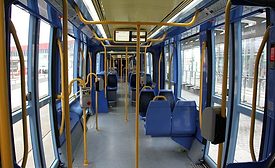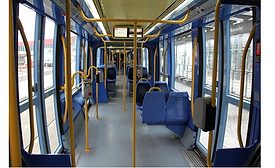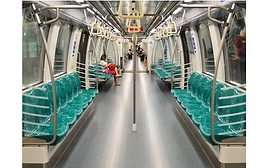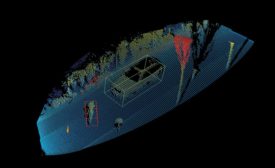Home » mass transit security
Articles Tagged with ''mass transit security''
The Future of LiDAR and Security
Radar love? Yesterday’s news. Sonar? So out. LiDAR is the new heartthrob of the remote sensing world, in smart cities, surveillance, autonomous vehicles, intrusion detection and other applications.
March 16, 2020
Mobile IP Cameras from March Networks
Provides Megapixel Surveillance for Transit Applications
May 16, 2018
Sign-up to receive top management & result-driven techniques in the industry.
Join over 20,000+ industry leaders who receive our premium content.
SIGN UP TODAY!Copyright ©2024. All Rights Reserved BNP Media.
Design, CMS, Hosting & Web Development :: ePublishing










